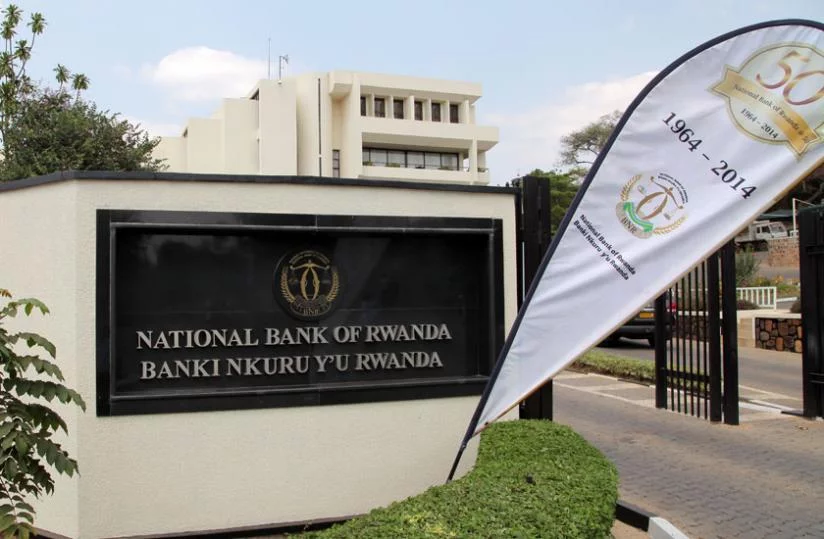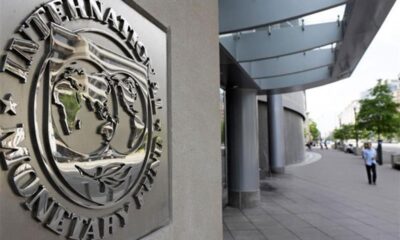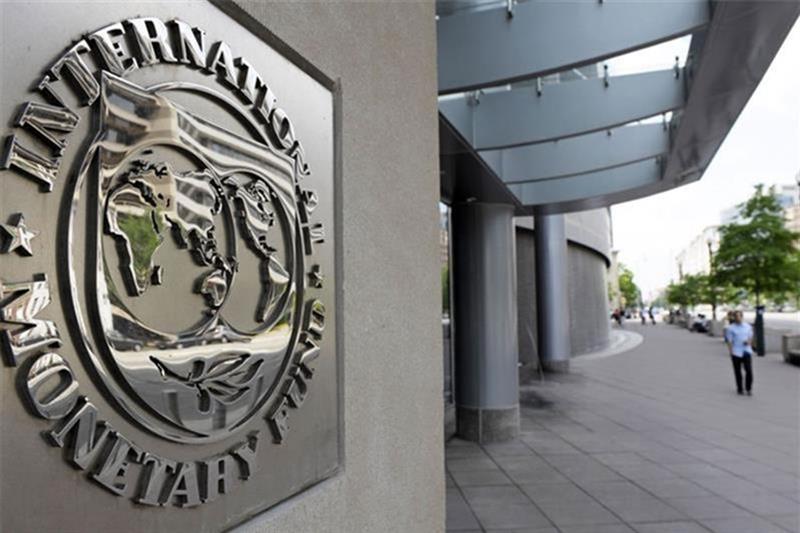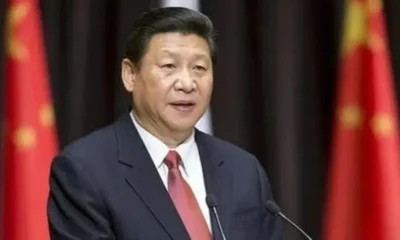In an effort to continue a decreasing trend in the country’s inflation rate, Rwanda’s central bank raised its primary lending rate by another 50 basis points on Thursday to 7.5%.
The apex bank hinted that the move would be its final tightening cycle as the governor, John Rwangombwa stated that the bank was continuing to exercise caution due to geopolitical tensions and the possibility of unforeseen climate occurrences that could have an impact on agricultural productivity.
Yearly inflation is still above the National Bank of Rwanda’s recommended 2%-8% goal range despite having peaked at 21.7% in November of last year and decreasing to 11.9% in July.
“If nothing else happens, or unexpectedly happens, from our projections we don’t expect any further increase (in our policy rate) going forward,” Rwangombwa told a news conference.
“This decline is expected for all main components: core, energy and fresh food inflation. We don’t see this rate increasing further, and we remain optimistic that inflation further reduces to our benchmark by next year…”, Rwangombwa said while explaining the policy.
By year’s end, Rwangombwa predicted that the inflation rate would be below 8% and about 5% the next year.
Living conditions in the landlocked nation of East Africa significantly improved thanks to the country’s robust economic growth, which averaged 7.2% per year over the ten years leading up to 2019. The economy also recovered effectively from the decline brought on by the coronavirus pandemic.
According to the analysis of the Monetary Policy Committee (MPC) in May, inflationary pressures are reducing despite still being strong due to ongoing global economic issues and a decrease in domestic agricultural production.
Although higher food costs and robust domestic demand have contributed to continuously high inflation, the International Monetary Fund stated in June that strong output in manufacturing and services has more than compensated for decreased agricultural production and construction.


 Politics2 days ago
Politics2 days ago
 VenturesNow2 days ago
VenturesNow2 days ago
 Metro2 days ago
Metro2 days ago
 Musings From Abroad2 days ago
Musings From Abroad2 days ago



























